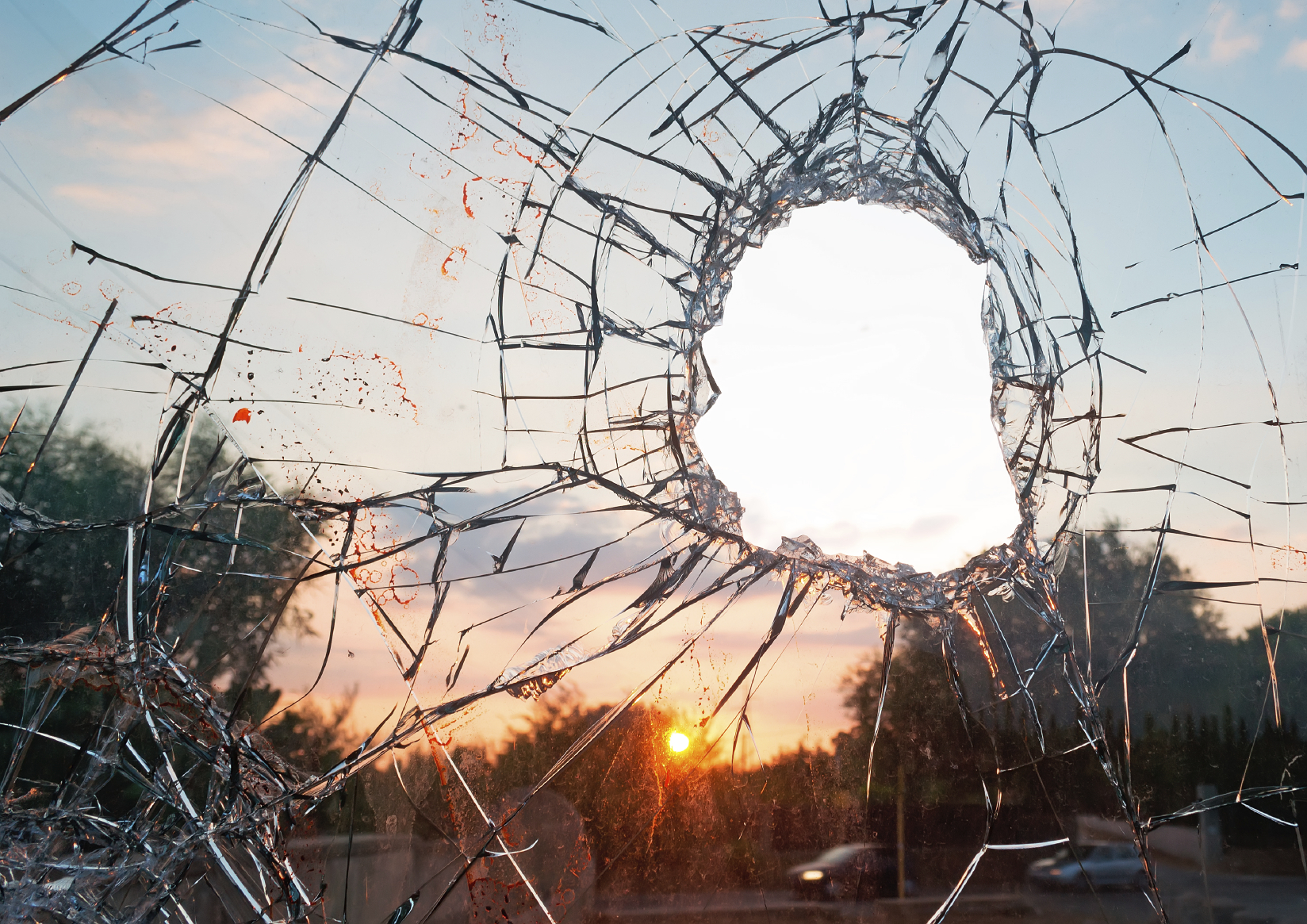
The Sunday Post is today publishing the first-ever breakdown of reported vandalism incidents and police clear-up rates by individual council ward.
The figures show victims are facing a postcode lottery when it comes to tackling the crime, with officers solving none or only a handful of cases in dozens of neighbourhoods across the country.
Only 20 of the 353 council wards in Scotland can boast at least a 50% success rate in catching vandalism culprits.
Many of the worst-affected areas are middle-class suburbs such as Newton Mearns in East Renfrewshire, Hazlehead in Aberdeen and Bearsden in East Dunbartonshire.
Scottish Conservative justice spokeswoman Margaret Mitchell said: “These statistics are truly appalling.
“Vandalism can cause huge distress to individuals as well as local communities.
“It’s often the gateway to more serious crime.
“For all of these reasons, clearly much more effort is required to address these abysmally low detection rates.
“Vandalism is a local crime and these figures are clearly a reflection of how our hardworking rank-and-file officers are being deflected from their core duties to concentrate on national targets set by a centralised police hierarchy.”
For the purposes of our investigation, we compared areas where there had been at least 10 incidents of vandalism in 2014/15.
The South Lanarkshire ward of Bothwell and Uddingston had the worst clear-up rate according to police figures, which show just one of the 55 crimes last year was solved.
This was closely followed by the East Renfrewshire ward of Neilston, Uplawmoor and Newton Mearns North where just 3.4% (three out of 88) cases of vandalism were solved.
The highest number of incidents recorded (609) was in the Anderston/City ward of Glasgow, where the clear-up rate was 23%.
One of the best areas for solving crimes of vandalism is Dumfries and Galloway, with four of its council wards in the top 10 areas for detection.
The top place in Scotland last year was Castle Douglas and Glenkens where the culprits were traced in 31 of the 47 incidents.
With many instances of vandalism, particularly graffiti, a large number of cases will have been carried out by the same person.
Graeme Pearson MSP, Scottish Labour’s justice spokesman and a former top police officer, said: “These figures are frankly shocking.
“It is these small crimes that can blight any area and demoralise the local population if they see those responsible getting away scot-free.
“Community police officers should be given more time to solve this low-level crime before the vandals of today become the hardened criminals of tomorrow.”
Despite the problems highlighted by The Sunday Post, the rate of vandalism incidents is actually falling.
There’s been a drop of 21% since 2008/09 of recorded incidents according to the Scottish Crime Survey.
Derek Robertson, chief executive of environment charity Keep Scotland Beautiful, said: “Vandalism is a major quality of life issue and these figures demonstrate how widespread that impact is.
“Clearly, tackling the issue head-on requires these criminals to be apprehended and held responsible.
“We work with communities to take ownership of the problem, often working to clear up the mess and know how important it is to build civic pride among Scotland’s communities.
“That pride in local places is often undermined by the disrespectful and irresponsible actions of a few who blight local facilities and open spaces with their acts of vandalism.
“We call on local people to remain proactive in reporting incidents to the local authority or police and ask the relevant authorities to recognise the corrosive impact of vandalism and graffiti and invest time and resources into solving these crimes.”
Assistant Chief Constable Kate Thomson said: “Police Scotland is committed to keeping people safe by seeking to increase detection of crime and prevent incidents of antisocial behaviour and disorder.
“Vandalism is a persistent issue which affects communities across Scotland every day and is identified by the public as one of the top 10 priorities for Police Scotland in the 2015/16 annual policing plan.
“All allegations of crime and anti-social behaviour are investigated robustly and thoroughly. Some reports of vandalism may not seem particularly serious but in every case there is a victim.
“It affects local quality of life and there is significant cost to individuals, businesses and public services. Proactive work is under way to tackle vandalism and other anti-social behaviour.
“For example, in Fife Division, Operation Collect has encouraged people in Glenrothes to report incidents of vandalism promptly and provide – anonymously if
necessary – details of the people believed to be responsible.
“We are developing our approach to enhance local policing operations and ensure Police Scotland continues to improve its ability to identify the people responsible for committing these crimes.
“This info can then be shared with local partners to ensure we collectively prevent incidents of anti-social behaviour and disorder.”
THE FULL TABLE

Enjoy the convenience of having The Sunday Post delivered as a digital ePaper straight to your smartphone, tablet or computer.
Subscribe for only £5.49 a month and enjoy all the benefits of the printed paper as a digital replica.
Subscribe